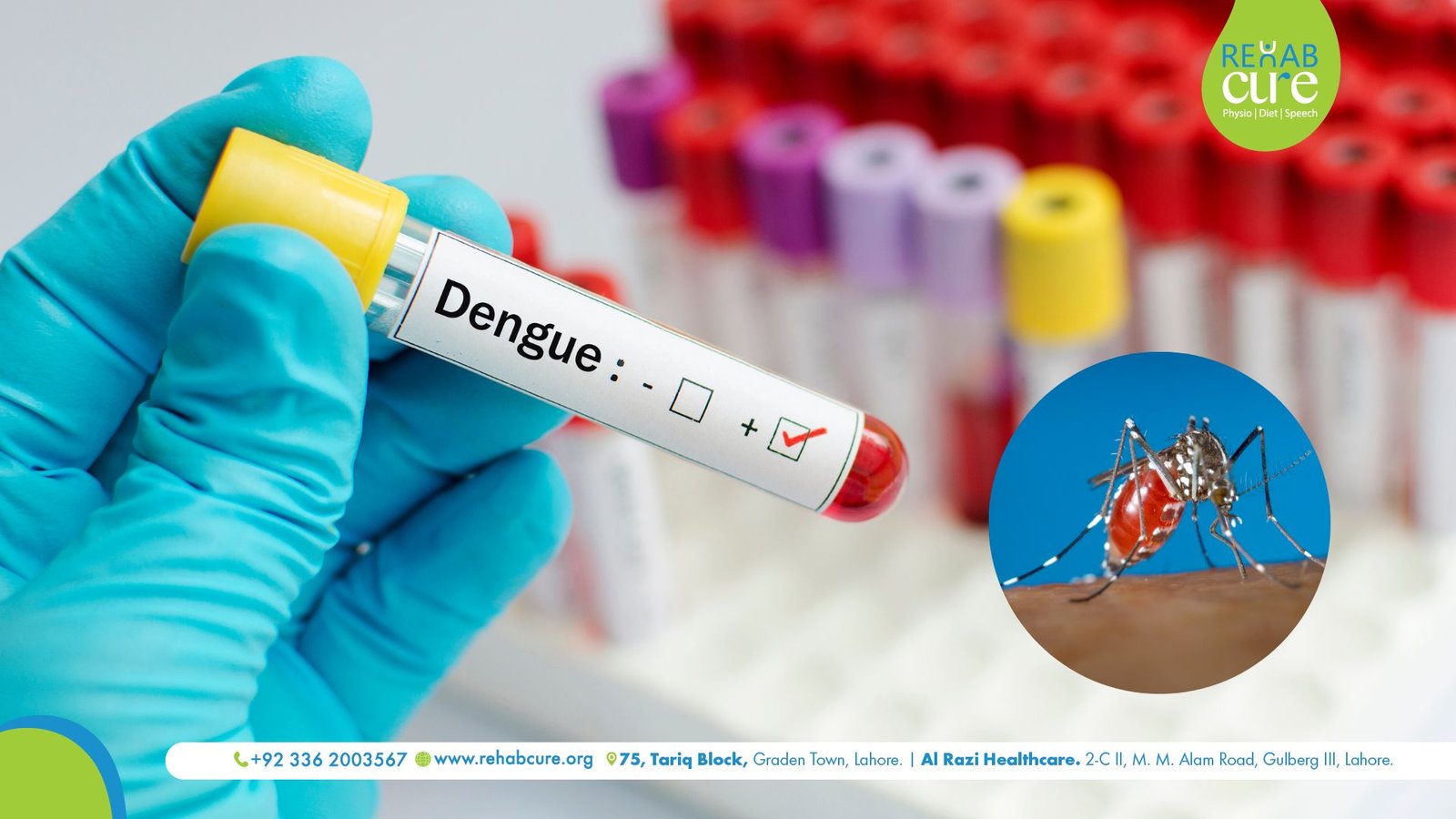Table of Contents
Dengue Fever Treatment:
Dengue fever (DENGgey) is a mosquito-borne disease, that occurs in tropical and subtropical regions of the world.
Stage:
Dengue begins suddenly after a typical incubation period of 5-7 days and develops in 3 stages:
• fever • critical • recovery.
Dengue Symptoms:
Dengue causes • high fever – 104 F (40 C) – and one of the following signs and symptoms: Headache. Muscle, bone, or joint pain. Nausea. Vomiting. Pain behind the eye. Swollen lymph nodes. Rash.
• high fever • flu-like symptoms.
Dengue Warning Signs:
Abdominal pain or tenderness. Continuous vomiting. Clinical fluid accumulation. Bleeding from mucous membranes. Lethargy or restlessness. Liver enlargement > 2 cm. The laboratory found that an increase in HCT was concurrent with a rapid decrease in the platelet count.
Dengue Fever Diagnosis:
Several methods can be used to diagnose DENV infection. Depending on the time the patient has symptoms, the application of different diagnostic methods may be more or less appropriate. Specimens collected during the first week of illness should be tested using the two methods mentioned below:
● Virus Distribution Methods:
Viruses can be isolated from the blood within the first few days of infection. There are many reverse transcriptase-polymerase chain reaction (RT-PCR) methods and are considered the gold standard. However, to perform these tests specialized tools and worker skills are required. Viruses can also be detected by testing for a protein made by the virus, called NS1. There are rapid diagnostic tests available in the market for this and only takes about 20 minutes to determine the results this test does not require specialized laboratory techniques or equipment.
Related Posts:
How To Cure Weakened Immune System After Dengue
Diet for Dengue Patients | Prevention in Dengue Fever
What is Healthy Food: healthy foods to eat everyday
● Serological Methods:
Serological methods, such as enzyme immunoassays (ELISA), can confirm the presence of recent or past infection, with the detection of anti-dengue antibodies. IgM antibodies were detectable about 1 week after infection and remained detectable for about 3 months. The presence of IgM indicates a recent DENV infection. Levels of IgG antibodies take longer to develop and remain in the body for many years. IgG means the presence of a past infection.
Points to Dengue Rescue:
There is no specific dengue fever treatment. There are some domains in which we work like patients should rest, stay hydrated, and get medical attention. Depending on the clinical presentation and other circumstances, the patient can be discharged home, transferred to a management hospital, or require urgent treatment and urgent referral. Supportive care like reducing the fever and pain killers can also be taken to overcome the symptoms of muscle pain and fatigue and high temperature The best options to treat these symptoms are acetaminophen or paracetamol. NSAIDs (nonsteroidal anti-inflammatory drugs), such as ibuprofen and aspirin should be avoided. These anti-inflammatory drugs act by thinning the blood, and is a disease with a risk of hemorrhage, blood thinners may exacerbate the prognosis.
Dengue Prevention and Control:
If you know you have dengue, avoid mosquito bites during the first week of illness. The virus can circulate in the blood during this time, and you can therefore pass the virus on to newly uninfected mosquitoes, who can then infect others.
At present, the main method to control or prevent the transmission of the dengue virus is to combat the mosquito vectors. This is achieved through:
•Prevention of Mosquito Breeding:
There are some general environmental measures that can be taken to prevent mosquito breeding including:
Solid waste properly disposed of:
Covering, emptying, and cleaning domestic water storage containers on a weekly basis.
Applying appropriate insecticides to water storage outdoor containers.
•Personal protection from mosquito bites:
Use of personal household protection measures, such as window screens, repellents, coils, and vaporizers. Because the primary mosquito vectors bite throughout the day; at home\work\school places, these measurements must be observed per day.
Wearing clothing that minimizes skin exposure to mosquitoes is advised.
•Community engagement:
Tell the community the risks of mosquito-borne diseases.
Appreciate the community to engagement to improve participation and mobilization for sustained vector control.
•Active mosquito and virus surveillance:
Active monitoring and surveillance of vector abundance and species composition should be carried out to determine the effectiveness of control interventions.
Prospectively monitor the prevalence of the virus in the mosquito population, with an active screening of sentinel mosquito collections.
Vector surveillance can be combined with clinical and environmental surveillance.
If you are looking for dengue fever treatment or want to know the associated symptoms?
Feel free to contact us. Book An Appointment
With
Consultant Nutritionist
Call Now: +923362003567
Thanks for Reading.

